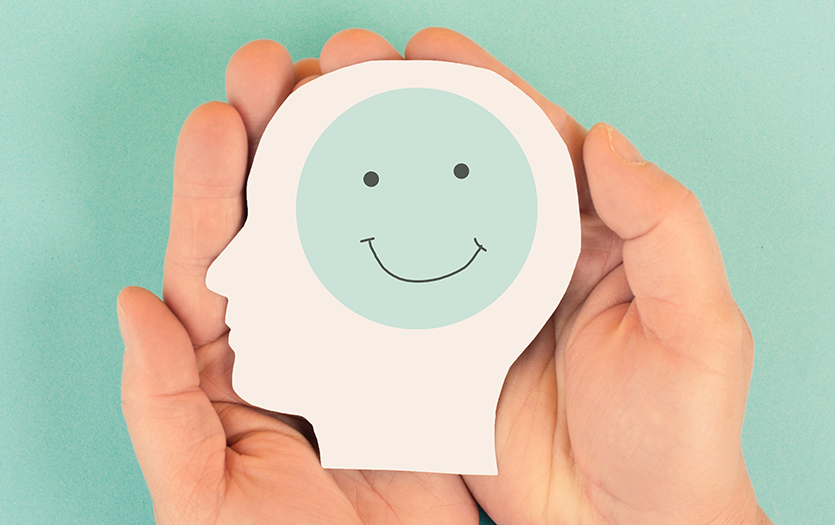
This post was written by Angela LaSalle, MD, PPG – Integrative Medicine.
When you say “benefits of exercise,” most people think of weight loss, burning calories and improving muscle tone. However, the benefits of regular movement far exceed what most might think. According to the U.S. Department of Health and Human Services, exercise remains a key pillar to your overall wellness, along with good nutrition, sleep and stress management. Most adults should get at least 150 -300 minutes of moderate-intensity aerobic activity or 75 minutes of vigorous physical activity each week and two days per week of muscle-strengthening activities involving all major muscle groups in your legs, hips, back and arms.
Benefits of exercise
Exercise is one of the most efficient strategies for maintaining your body and preventing chronic disease. But you don’t need to spend hours in the gym to reap healthful rewards. A 20-minute moderate-paced walk will light up your brain and flood your body with neurotransmitters and endorphins that last for hours. It will also boost your hormone systems and help your body better manage blood sugar, leading to a reduction in diabetes and cardiovascular risks.
Let’s look at the other ways regular movement and exercise can benefit your body:
- Brain: Regular exercise has been shown to help improve depression, anxiety, attention, memory and mood. For those looking to prevent Alzheimer’s and dementia, regularly working out is also a great strategy to delay or prevent cognitive decline.
- Muscles and bones: Since people lose muscle as they age, exercising can help improve bone density and balance preventing fractures. Adding some resistance training to your workouts is a great anti-aging strategy helping to maintain your muscle mass and tone.
- Immune system: Moderate exercise can boost and improve your immune cells’ function, helping you fight off colds and the flu. Recent research also suggests that staying fit can help reduce your risk of complications from infections.
- Cardiovascular system: Getting your heart rate up while exercising not only makes your heart stronger, it also improves lung capacity and strengthens how the nervous system controls the pressure in your arteries, reducing your risks of heart attack, stroke and high blood pressure.
- Nervous system: You may not realize it, but exercise can improve the part of the nervous system that controls hot flashes during menopause, insomnia and digestive issues. It can also reduce hormonal symptoms, improve sleep and decrease constipation, to name a few.
- Prevents disease: People who exercise regularly are at a reduced risk of heart disease, diabetes cancer and death. Exercise also helps reduce insulin resistance while lowering inflammation. And since inflammation is common in chronic diseases, exercise is a smart strategy to improve those health conditions.
Types of exercise
Now that we know how exercise can benefit our bodies, let’s talk about the four different types of movement you can incorporate into your routine:
- Aerobic exercises: This type of exercise helps to strengthen your cardiovascular system and turns on your body’s internal pharmacy.
- Resistance training: These exercises help improve your muscles and bones while turning on your body’s tissue repair.
- Balance exercises: These exercises help retrain the communication between your muscles and brain, which can help prevent falls and injuries.
- Flexibility exercises: Stretching can help reduce muscle strain while allowing you to maintain your range of motion with your joints and spine.
Final thoughts
So, are you still sitting on the couch staring at your walking shoes? If so, I want you to try the 5, 4,3,2,1 “Go!” method. Start counting down, and when you hit “go,” get up, put your shoes on and walk out the door. Remember, it’s never too late to start, even if you have chronic health issues that make exercise difficult. The key is to find what’s right for you, but before you begin a new routine, please speak with your primary care provider. They can offer guidance on how to start an exercise program safely.
Sources
Mora JC, Valencia WM. Exercise and Older Adults. Clin Geriatr Med. 2018 Feb;34(1):145-162. doi: 10.1016/j.cger.2017.08.007. Epub 2017 Oct 10. PMID: 29129214.
López-Torres Hidalgo J; DEP-EXERCISE Group. Effectiveness of physical exercise in the treatment of depression in older adults as an alternative to antidepressant drugs in primary care. BMC Psychiatry. 2019 Jan 14;19(1):21. doi: 10.1186/s12888-018-1982-6. PMID: 30642326; PMCID: PMC6332682.
Sharman JE, La Gerche A, Coombes JS. Exercise and cardiovascular risk in patients with hypertension. Am J Hypertens. 2015 Feb;28(2):147-58. doi: 10.1093/ajh/hpu191. Epub 2014 Oct 10. PMID: 25305061.
Cass SP. Alzheimer's Disease and Exercise: A Literature Review. Curr Sports Med Rep. 2017 Jan/Feb;16(1):19-22. doi: 10.1249/JSR.0000000000000332. PMID: 28067736.
Nieman DC. Exercise Is Medicine for Immune Function: Implication for COVID-19. Curr Sports Med Rep. 2021 Aug 1;20(8):395-401. doi: 10.1249/JSR.0000000000000867. PMID: 34357885.
“The Five Second Rule” Mel Robbins



